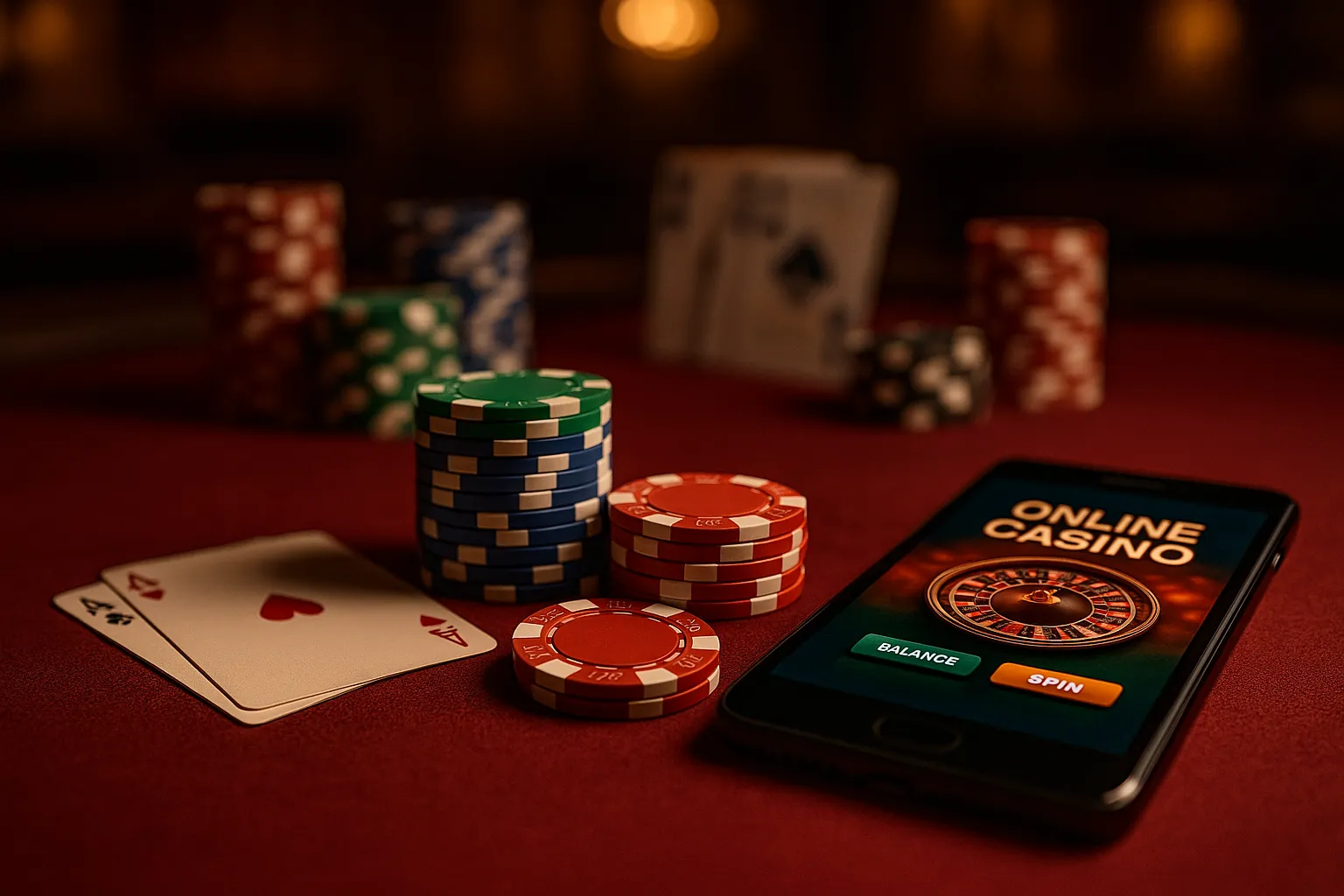Understanding the Purpose of Payout Tables
When you sit down at a slot machine or load up an online casino game, one of the first things you’ll notice is the menu or button labeled “Paytable,” “Rules,” or “Info.” Behind that gateway lies the payout table—a roadmap of every winning combination and its corresponding prize. Far from decorative fluff, payout tables empower you to grasp how a game rewards different symbols, multipliers, and bonus features. By decoding these tables before you wager a dime, you step into the casino armed with knowledge rather than relying solely on luck.
Mastering Payout Table Layout
Almost every slot or table game organizes its payouts into clear sections: symbol values, special features, and sometimes an RTP (Return to Player) percentage. The symbol values list is usually the most prominent. Rows of fruit, card suits, or themed icons are paired with numbers—these tell you how many credits or coins you’ll earn for matching two, three, four, or five of that symbol. Next, you’ll see special entries for wilds, scatters, or bonus triggers, often accompanied by multipliers or notes about free spins. In many games, especially modern online titles, the table also discloses the game’s overall RTP and volatility level so you know both your theoretical long-term return and how often you can expect payouts.
Beyond traditional slots, payout structures apply to card and table games as well. Poker hands, for instance, have their own tables showing the value of a full house versus a straight or royal flush. Even on best exchange betting sites, you’ll find odds tables that function similarly: each outcome—win, lay, or tie—has its odds expressed in fractions or decimals. Knowing how to interpret these numbers ensures you can compare offers, assess risk, and choose the markets that suit your playing style.
Reading Symbol Values Correctly
Symbols are the building blocks of any payout table. The most common arrangement is ascending order of rarity: low-paying symbols first, followed by high-paying icons. For example, you might see card suits pay 1× for three of a kind, while the game’s logo or a character portrait pays 100×. Pay attention to the number of matching symbols required—some games reward you for just two, others for three or more. Also note whether payouts are per active payline or based on your total bet. If a slot has 20 paylines and you bet $1 per spin, a 10× payout on one line means a $10 win, but if the payout is relative to total bet, then 10× might equal $10 regardless of which line hit. Always read the small print at the bottom of the table.
Example from a Popular Slot
I remember playing a jungle-themed online slot where the lowest symbol—the tribal mask—paid 2× for three matches, while the rare golden idol paid 500× for five. At first, those numbers felt abstract until I realized that 500× on a 10-coin bet equals a 5,000–coin jackpot. That insight informed my next strategy: I upped my coin size slightly, knowing that big idol wins would more than offset the extra cost per spin.
Special Symbols and Bonus Features
Payout tables dedicate a special section to wilds, scatters, and bonus icons because they break the mold of standard matching rules. Wilds substitute for nearly any symbol, and their pay entries often include both substitution and standalone values. Scatters typically pay anywhere on the reels and can trigger free spins or mini-games once you land three or more. Bonus icons might open a pick-and-win feature or multipliers that stack onto your base wins.
Understanding bonus mechanics in advance helps you track your session’s value. If a slot offers 15 free spins with a 3× multiplier, your effective RTP during those rounds jumps dramatically. That context lets you decide whether to chase bonus triggers or focus on regular spins with steadier, albeit smaller, payouts.
Interpreting Return to Player and Volatility
No payout table is complete without its RTP percentage. If a game shows 96%, that means for every $100 wagered over the long run, you can expect about $96 back—though results on any individual session will vary. Equally vital is volatility, which conveys the frequency and size of payouts. High-volatility games pay big prizes but less often, while low-volatility games pay smaller amounts more consistently. Payout tables sometimes label this as “High,” “Medium,” or “Low,” or use icons like bars or flame meters to illustrate risk levels. Aligning RTP and volatility with your appetite for risk can make your playtime both more enjoyable and sustainable.
Practical Tips for Maximizing Table Value
Beyond simply reading numbers, savvy players adopt a few best practices:
When you first load a game, take a moment to scroll through its paytable—even if it feels tedious. Spending that minute equips you with realistic expectations.
Compare base game payouts versus bonus payouts. Some slots have high RTPs but only if you trigger bonus features frequently, while others pay steadily on the base game alone.
Adjust your stake after consulting the table. If a 500× jackpot requires higher coin denominations, you can balance your bet size to chase that win without depleting your bankroll.
Watch for featured examples in the game’s help section. Many providers simulate sample spin outcomes to show how payouts accumulate.
Real-World Anecdote
At a brick-and-mortar casino last summer, I overheard a player dismissing a slot because its bonus required five symbols on a single payline. Curious, I checked the payout table and discovered they overlooked the scatter rule: matching symbols anywhere paid the same, so the “impossible” bonus was actually frequent. After sharing that tip, the player hit three bonus rounds in an hour—emphasizing how misreading tables can lead to missed wins.
Applying Payout Table Knowledge Beyond Slots
Payout tables aren’t confined to spinning reels. In live dealer games like baccarat or roulette, odds boards specify payouts such as 35-1 for a straight-up roulette bet or 8-1 for a pair in Caribbean stud poker. Exchange betting sites present odds tables that function identically: each market has odds representing potential returns on a £1 wager. Whether you’re matching symbols or betting on a football match, the principle is the same: higher risk generally brings higher reward, and clear tables let you make informed choices.
Responsible Use of Payout Information
While understanding paytables can enhance your enjoyment, it also underscores the random nature of gambling. A 96% RTP slot still carries a built-in house edge. Always set limits based on your budget and remember that no strategy can guarantee wins. Use payout tables to make educated decisions, not to chase losses or believe you can outsmart the RNG.
The Future of Payout Tables
Emerging trends hint at interactive paytables that adjust dynamically based on your stake, showing real-time win values rather than abstract multipliers. Virtual reality casinos may overlay holographic tables onto physical machines, and mobile apps could provide personalized analytics—tracking how often you trigger bonus features, average spins between wins, and more. These innovations will deepen our understanding and control over gameplay in ways never before possible.
Embracing Informed Play
Ultimately, reading casino payout tables bridges the gap between chance and choice. It transforms you from a passive spinner into an active participant, guiding every bet with insight rather than impulse. The next time you sit before flashing reels or click through an online lobby, invest a few moments in that paytable. You might find hidden opportunities, tweak your strategy for better value, and most importantly, enhance the thrill of every spin.










